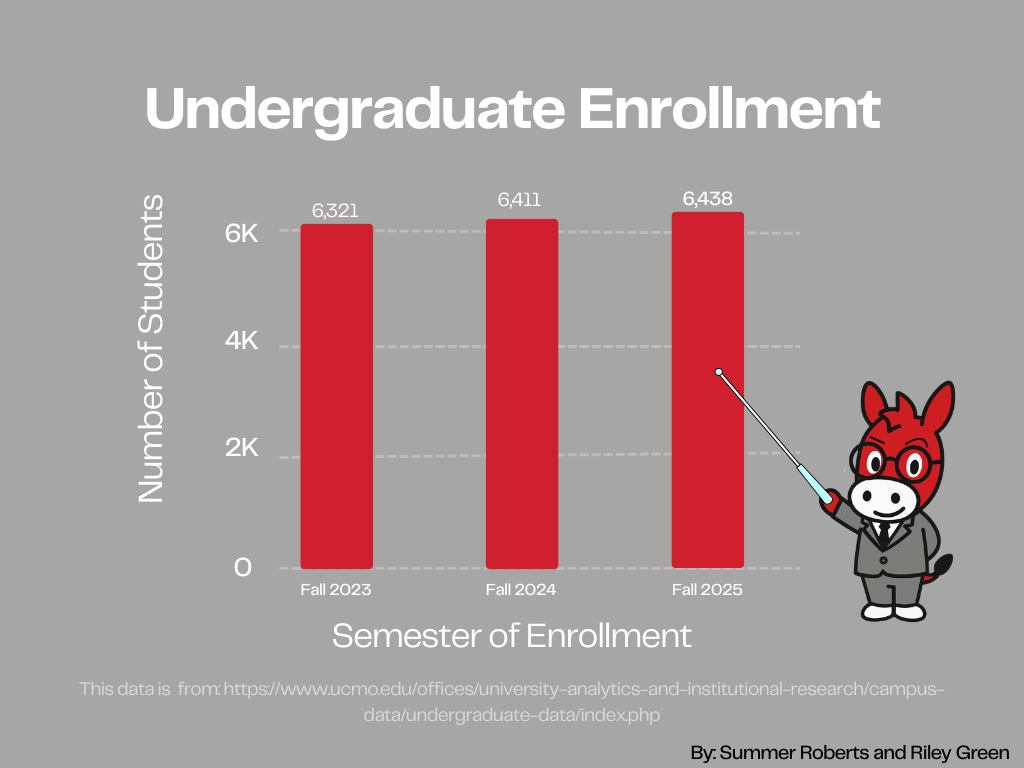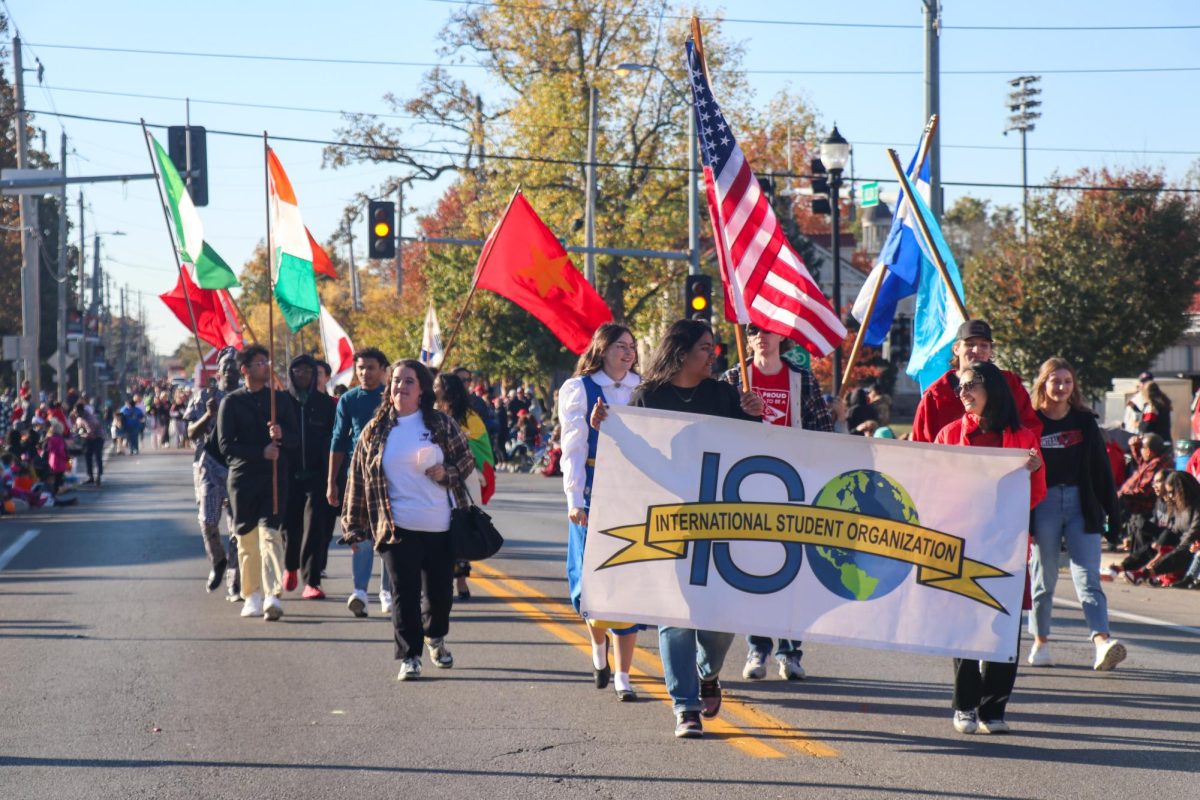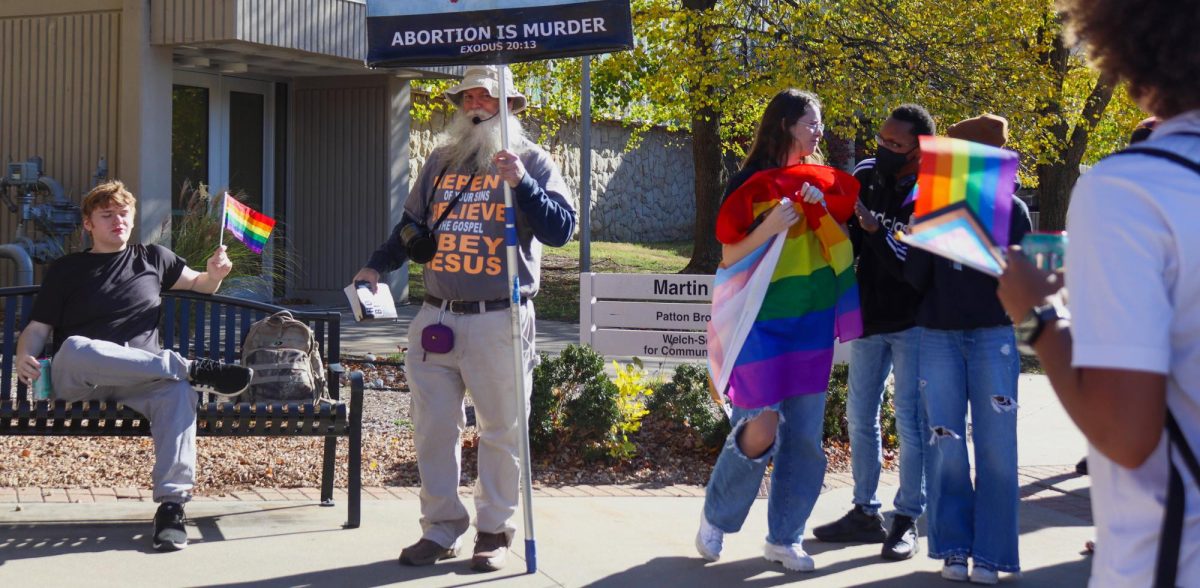UCM recently created a monument of plots to recognize the National Panhellenic Council chapters of historically black Greek sororities and fraternities that have been a part of UCM for over 50 years.
The plots consist of nine platforms arranged in a semicircle in front of stone benches in the southwest corner of Selmo Park. Each plot has the Greek crest of the individual fraternity and sorority and the year it was chartered at the University of Central Missouri campus and the university at which that fraternity or sorority was founded.
“This type of monument, or ‘plots’ as many campuses call them, is very common,” said Alan Nordyke, director of Residence and Greek Life. “Our National Panhellenic Council students have seen them and they asked about having something like that here. We have had NPHC chapters on this campus for over 50 years, so it seemed like a good way to celebrate that history.”
NPHC is currently composed of nine international Greek letter sororities and fraternities: Alpha Kappa Alpha Sorority Inc., Alpha Phi Alpha Fraternity Inc., Delta Sigma Theta Sorority Inc., Zeta Phi Beta Sorority Inc., Iota Phi Theta Fraternity Inc., Kappa Alpha Psi Fraternity Inc., Sigma Gamma Rho Sorority Inc., Phi Beta Sigma Fraternity Inc. and Omega Psi Phi Fraternity Inc., according to the National Pan-Hellenic Council headquarters website.
The NPHC consists of the historically black fraternities and sororities. These organizations were founded in the early 20th century when their white counterparts in Greek organizations of the National Panhellenic Council wouldn’t let black college students within 1,000 yards of their lawn, according to Dustin Seibert, blogger for “The Root.”
The Interfraternity Council is the programming and governing body of the national Greek fraternities. The National Panhellenic Council, and the National Panhellenic Conference, all operate on the University of Central Missouri campus.
“We have 27 national chapters on our campus, representing all three national governance groups: IFC, NPHC, NPC,” Nordyke said. “This for a campus our size is significant. Each of the groups within the national structure are very equal for their governance structure. Because of the differences in the national structure, you cannot compare all 27 groups to each other. You have to look within the structures.
“The fact that at one point we had all nine of the Divine Nine NPHC groups, is very unusual for a campus of our size and our campus’ demographics.”











